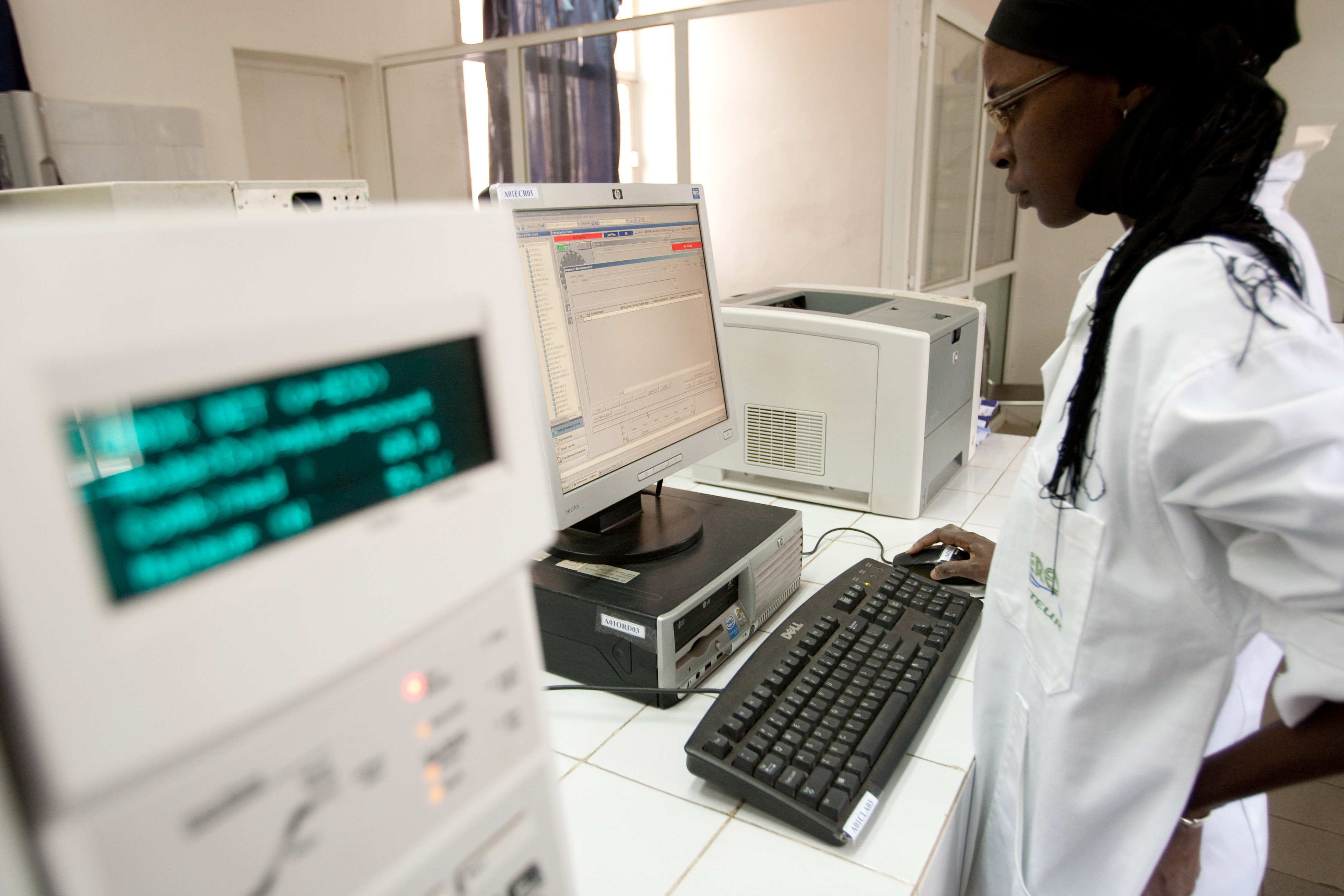Codex looks to harmonise regulation of biopesticides
Experts meeting in Macau, China 8 to 12 April 2019, will be discussing a proposal to provide an international reference guideline for biopesticides. The project would establish criteria to identify pesticides that generally pose fewer risks than conventional pesticides and are considered by many national regulators exempt from the need to set maximum residue limits.
This Codex guideline would help countries such as Chile, which is leading the work, as they and many other countries base their regulations on the Codex Alimentarius and do not have their own national legislation for this type of pesticide.
“This work meets a need at the international level, mainly due to the different ways countries regulate these compounds and the emerging search for alternatives to traditional pesticides”, said Roxana Vera, chairperson of the national Codex subcommittee on pesticide residues, in Chile.
What are biopesticides?
In contrast to conventional chemical pesticides, biopesticides are a type of pesticide derived from natural materials including animals, plants, bacteria and some minerals. They fall into three main classes: Biochemical pesticides are naturally occurring substances that control pests by non-toxic mechanisms including substances that interfere with mating. Microbial pesticides can have a bacterium, fungus or virus as the active ingredient. Plant-derived products are pesticidal substances that plants produce from genetic material that has been added to the plant itself.
Biopesticides are naturally less toxic than conventional pesticides and can be effective in smaller quantities, decomposing more quickly, reducing exposure and pollution. They are safer for the environment, people and animals.
“The use of these low-risk and low public health concern substances in agriculture can make a significant contribution to the targets of the 2030 Sustainable Development Goals regarding hazardous chemicals and the management of chemical products”, said Tom Heilandt Codex Secretary.
How Codex sets standards for pesticides
Pesticides are used to protect crops against insects, weeds, fungi and other pests and play a significant role in food production, increasing yields and preventing large crop losses. However, they are potentially toxic to humans. Food needs to comply with pesticide regulations and in particular with maximum residue limits (MRLs). These limits for pesticide residues in food are established by Codex based on a risk assessment and limits for safe intake set by an FAO/WHO international expert scientific group named JMPR.

Dakar, Senegal - analysing samples to detect pesticides
Codex standards are the reference for the international trade in food, so that consumers everywhere can be confident that the food they buy meets the agreed standards for safety and quality, no matter where it was produced. Currently, there are Codex MRLs for more than 220 different pesticides.
If the Macau meeting agrees on the proposal put forward by Chile, India and the United States then the project will go forward for endorsement by the Codex Alimentarius Commission in Geneva in July 2019 with final adoption predicted for 2022.
Read more
Follow the Codex Committee on Pesticide Residues
FAOSTAT data on use of pesticides
The Joint FAO/WHO Meeting on Pesticide Residues (JMPR)
Categories
- (11)
- (3)
- Animal Feed (8)
- Antimicrobial Resistance (41)
- Antimicrobial Resistance (81)
- CAC46 (15)
- Codex Texts (20)
- Codex Trust Fund (1)
- Codex60 (19)
- Contaminants (13)
- Contaminants (10)
- COVID-19 (64)
- Elections (6)
- Food Safety (130)
- Labelling (10)
- Nutrition and Labelling (5)
- Nutrition and Labelling (7)
- Observers (24)
- Pesticides (9)
- Standards (79)
- World Food Safety Day (163)


